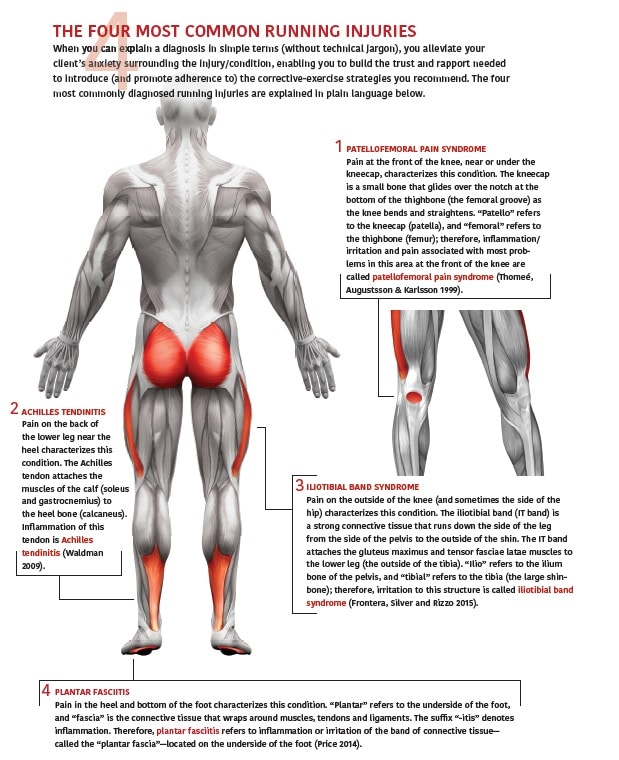Diet of Athletic Children
Good diet is very important for the kid who practices regular sports ie, more 1hour of regular practice.
Good nutrient food help athlete to
- recover fast from injury
- fast recovery (while playing or during tournament)
- keep energetic
Energy requirement table (Calories)
Age(in Years) Male Female
4-6 1800 1800
7-10 2000 2000
11-14 2500 2200
15-18 3000 2200
Macro nutrients
Carbohydrates - 45% to 65% (bread,pasta, rice etc)
Protein - 10% to 30% (milk, cheese, tofu, fish etc)
Fat - 25% to 35%(seeds, nuts, olives , dairy products, poultry etc)
How to plan a meal for playing /athletic child
Before practice: before the practice the kid should have proper meal which should have Carbohydrates, proteins, fats. Fibres should be avoided or limited. High fat meal should be avoided, as it makes athlete feel sluggish, tired, can effect performance.
Early morning practice: Have a snack or liquid meal followed by full breakfast.
Snack may include - fresh fruits, dried fruit, cereal with milk, juice, shake or fruit smoothie.
Recovery Foods: Include proteins, carbs, peanut butter sandwich, fresh fruit juice, yoghurt with fruits, egg sandwich, dal chilla, sports drink with fruit and cheese.
During Event: Sports drink, banana, granula. Sports drink keep energy high .
Fluids : If a child is practicing more than 60mins in hot and humid weather, they should be properly hydrated by drinking water and electrolytes or sports drink, coconut water, lemon water.
Sports drink should contain carbs and necessary minerals to keep body hydrated.
During an event they should be provided with the drinks which contains sodium.
NOTE: Non athletic kids drinking sodium rich drink will result in consumption of excessive calories.
Grow Fit Grow Strong
...get empowered
Good diet is very important for the kid who practices regular sports ie, more 1hour of regular practice.
Good nutrient food help athlete to
- recover fast from injury
- fast recovery (while playing or during tournament)
- keep energetic
Energy requirement table (Calories)
Age(in Years) Male Female
4-6 1800 1800
7-10 2000 2000
11-14 2500 2200
15-18 3000 2200
Macro nutrients
Carbohydrates - 45% to 65% (bread,pasta, rice etc)
Protein - 10% to 30% (milk, cheese, tofu, fish etc)
Fat - 25% to 35%(seeds, nuts, olives , dairy products, poultry etc)
How to plan a meal for playing /athletic child
Before practice: before the practice the kid should have proper meal which should have Carbohydrates, proteins, fats. Fibres should be avoided or limited. High fat meal should be avoided, as it makes athlete feel sluggish, tired, can effect performance.
Early morning practice: Have a snack or liquid meal followed by full breakfast.
Snack may include - fresh fruits, dried fruit, cereal with milk, juice, shake or fruit smoothie.
Recovery Foods: Include proteins, carbs, peanut butter sandwich, fresh fruit juice, yoghurt with fruits, egg sandwich, dal chilla, sports drink with fruit and cheese.
During Event: Sports drink, banana, granula. Sports drink keep energy high .
Fluids : If a child is practicing more than 60mins in hot and humid weather, they should be properly hydrated by drinking water and electrolytes or sports drink, coconut water, lemon water.
Sports drink should contain carbs and necessary minerals to keep body hydrated.
During an event they should be provided with the drinks which contains sodium.
NOTE: Non athletic kids drinking sodium rich drink will result in consumption of excessive calories.
Grow Fit Grow Strong
...get empowered


